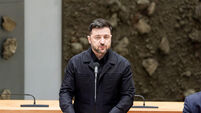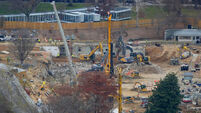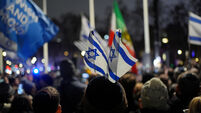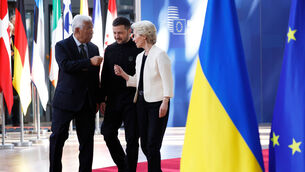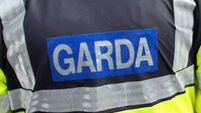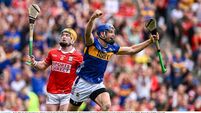Top terrorists 'hiding in Iran'
Mounting evidence gathered over several years has convinced US and foreign intelligence agencies that leading terror suspects have been living inside Iran.
Their existence in the Islamic republic poses a continuing problem for top Bush administration officials, who have warned Middle Eastern countries against providing shelter or other aid to suspected terrorists.







